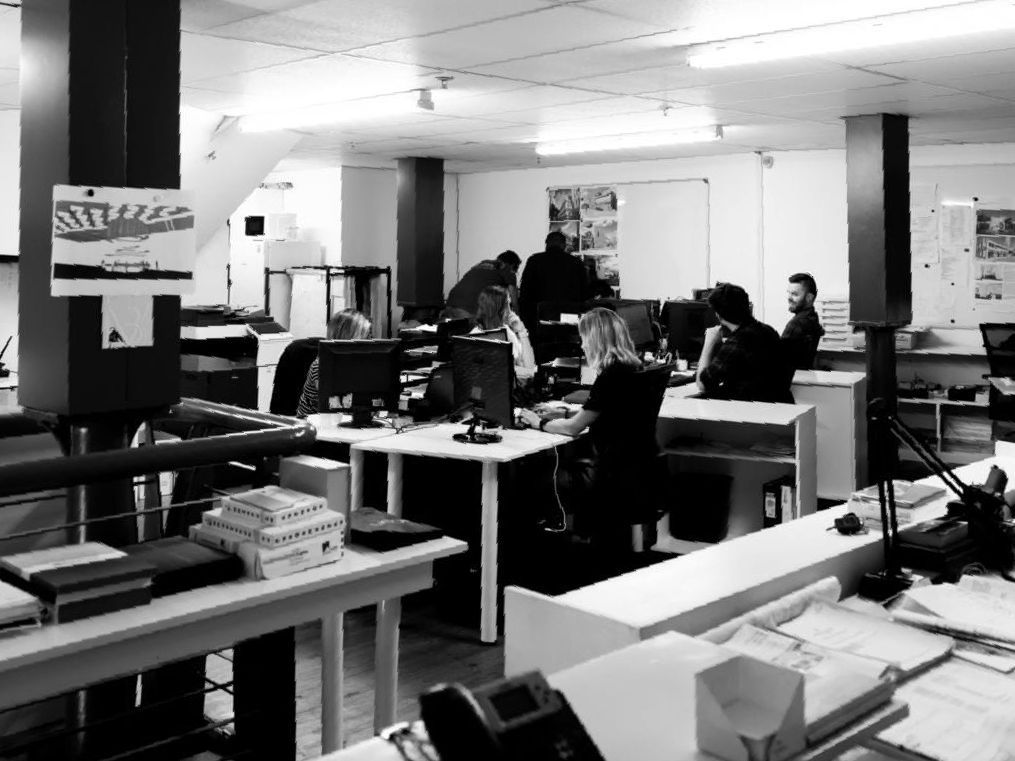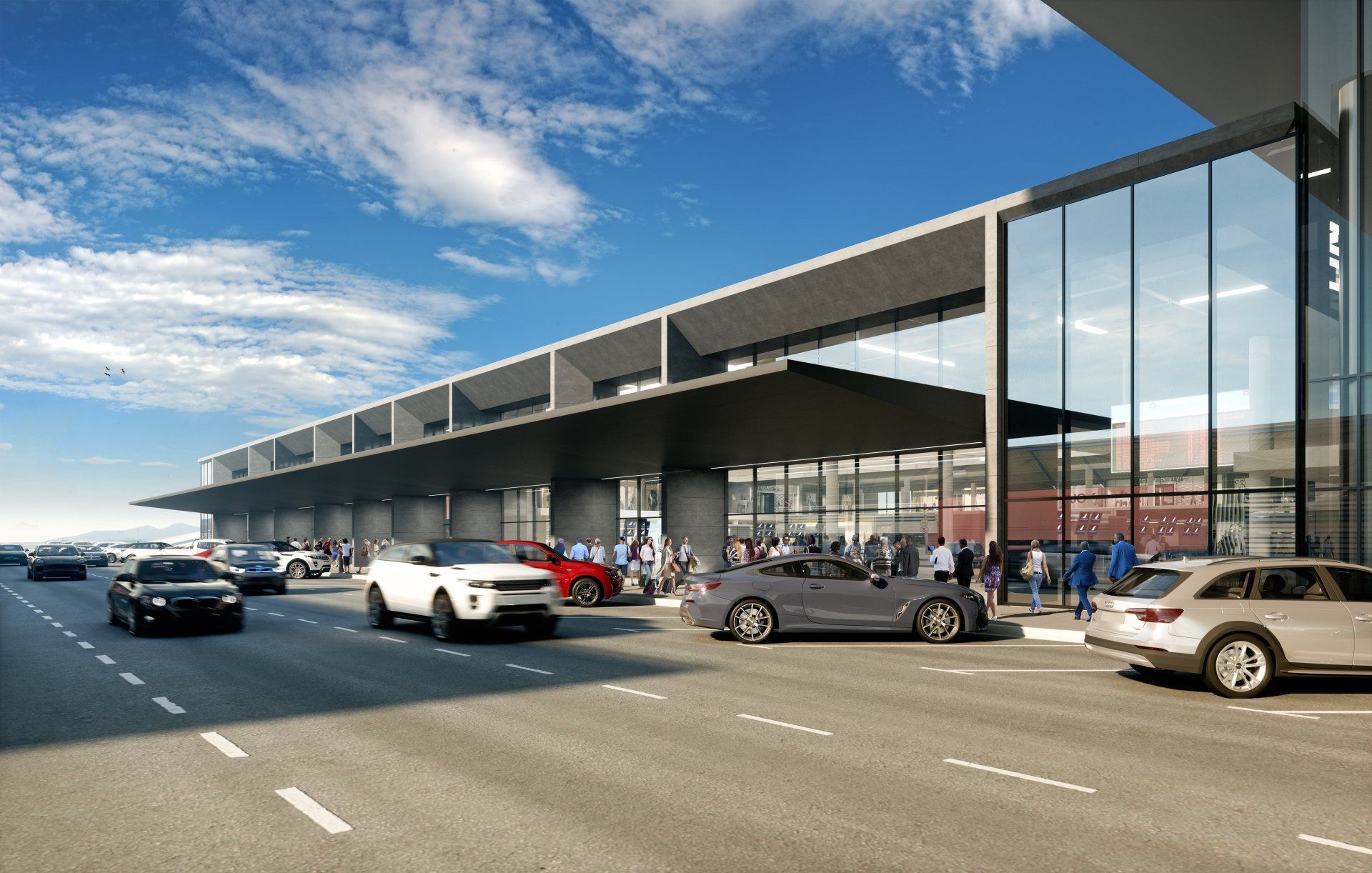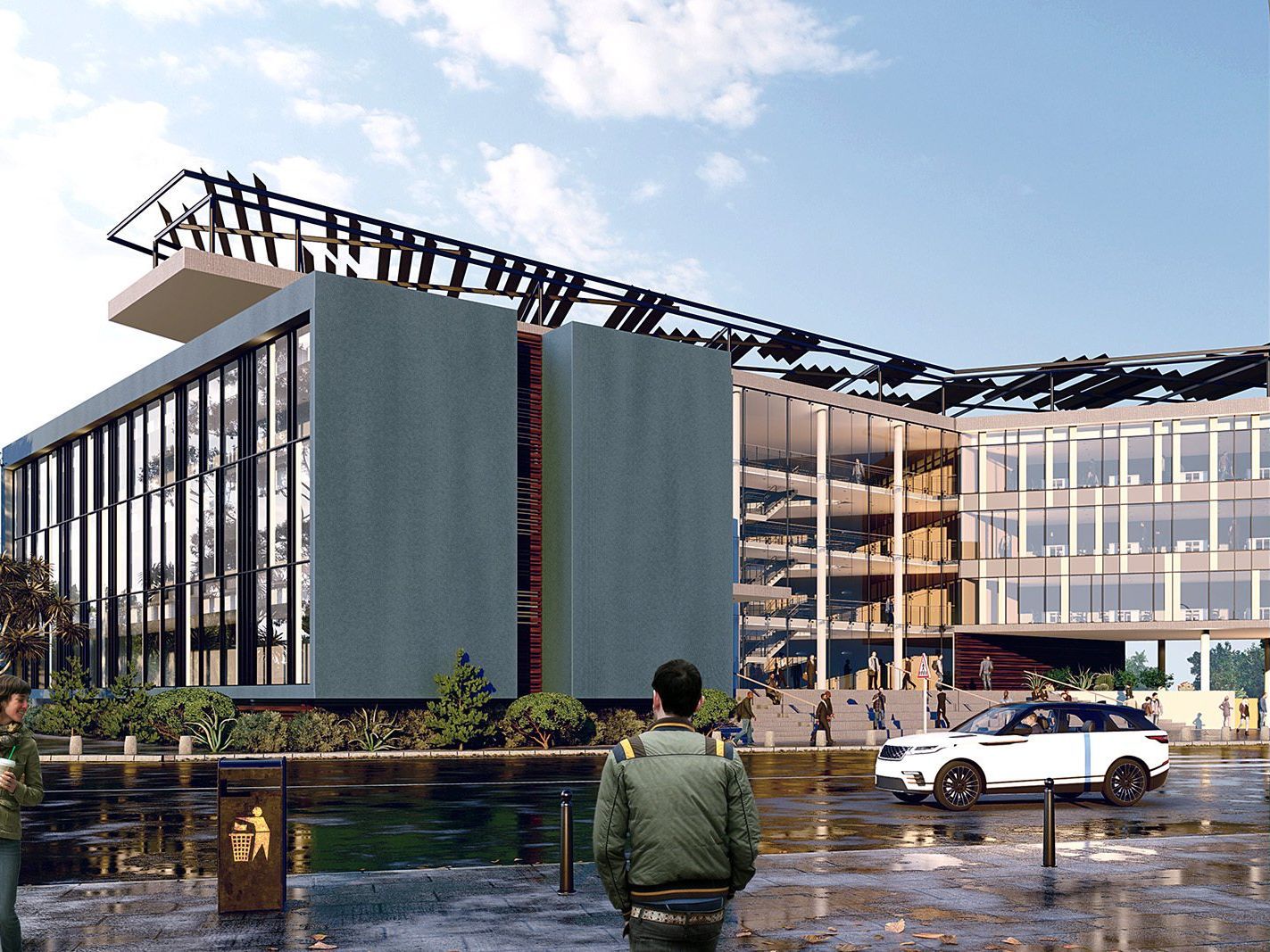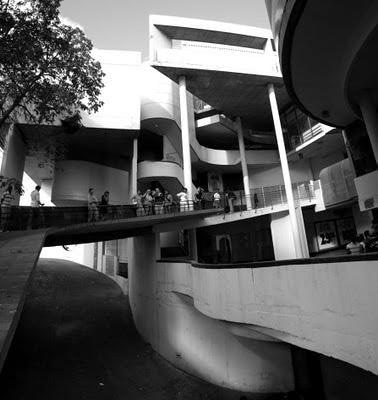For those who haven’t trained in the field of architecture, it is all too easy to overlook the importance of light – as a building material. To a large extent, brightness governs the way in which most buildings are designed. For rudimentary physiological reasons, buildings in the southern hemisphere are built facing north, and in the northern hemisphere buildings are built facing south, as the sun path is perpendicular to this direction – allowing for greater temperature regulation and control of light. More generally, humans have always understood brightness as safety and darkness as danger and it allows for visibility and therefore safety, whereas darkness generates a fear of the unknown.

Importance of brightening a room
Light is potentially the most influential architectural element, as it has the ability to directly affect its observer’s mood and psyche. This has been well documented throughout history, and we can see the deliberate manipulation of light throughout the majority of architecture synonymous with its century. For example, the churches and cathedrals of the gothic period made sophisticated use of brightness by staining glass panels in bright colours and arranging these panels in rose patterns or to represent religious narratives. At the time, this architectural innovation was highly successful in conveying the spiritual importance of the space, and the connection to a higher power.
Today, in contemporary architecture, spaces are most often open plan which allows to fill all spaces. A common feature in both commercial and residential buildings today is floor-to-ceiling glazing. This, more than anything, is indicative of how imperative the healing nature of light is in the creation of space. However, light has far more applications then simply allowing us to see or warming up a room in the late afternoon. It can create and separate spaces if used correctly. All architects should have a substantial understanding of using ignition as building material, it creates endless opportunities for all project. During any design process, the architect should constantly be considering scenarios such as how the kitchen will respond to cool light in the morning, how will the living room capture the golden light of the late afternoon. What would work for a study space or prayer area, and what sort of shading would work best for outside spaces?
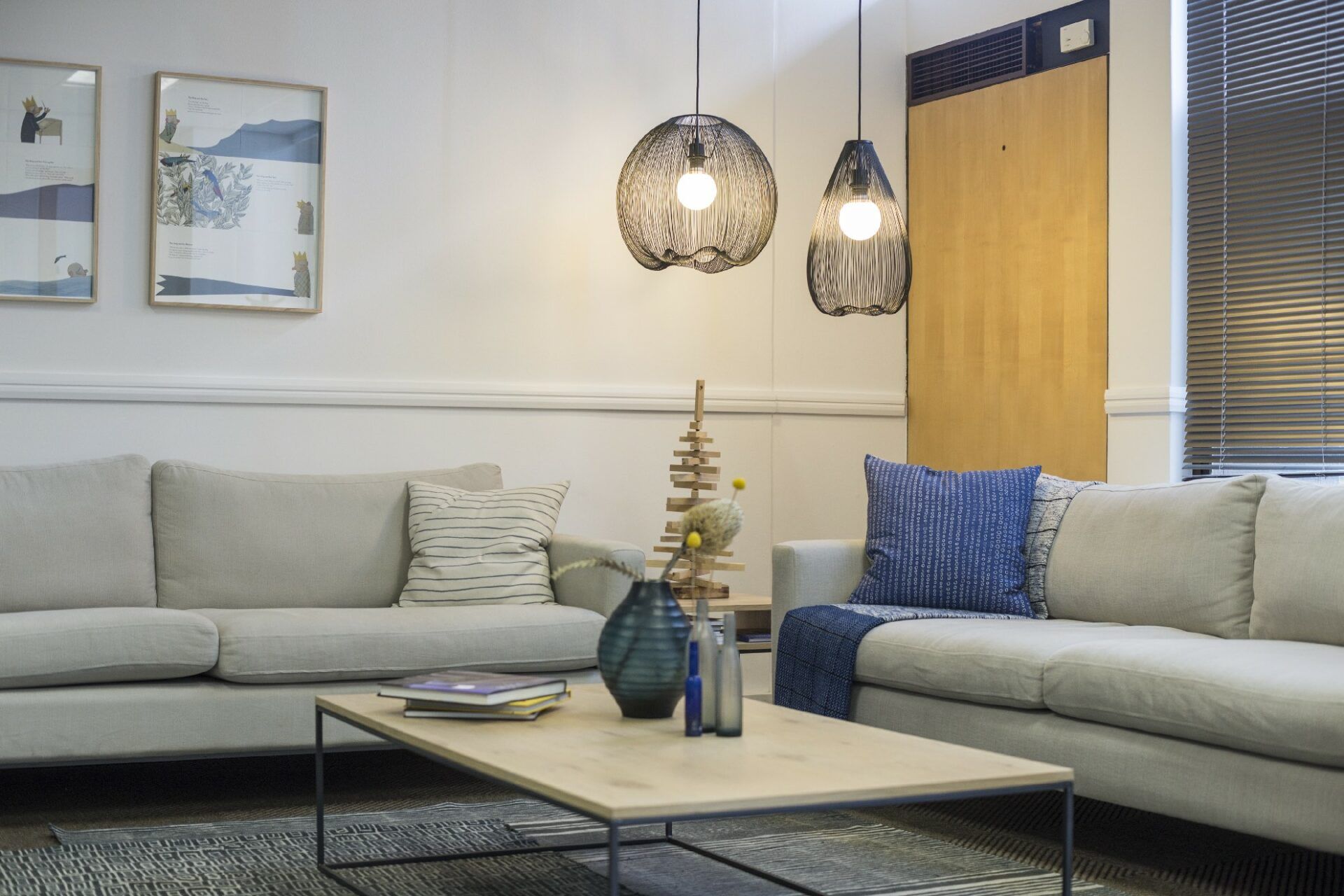
Artificial Lighting
Of course, the sun’s natural beams aren’t the only source of light – and with architecture, artificial lighting has to be considered as well. Generally speaking, buildings that only make use of artificials (such as hospitals and prisons) can have seriously adverse effects on their occupants. However, that’s not to say that it cannot be used positively. In fact, a great deal of architectural interior design revolves around designing lighting pieces that can manipulate the atmosphere of a space.
With the exception of certain religious buildings and Avant-garde architectural expressions, there is no excuse for poor quality of light in any space. If a building does have poor light quality, its safe to say that the rest of the its design would be unsuccessful. Conversely, if an architect has a good understanding of light and is able to control it – its safe to say that they should be competent with most other architectural challenges.
For more information about our innovative architectural services and on how we can assist you, get in touch with our team of professional architects and designers in Durban and Cape Town.
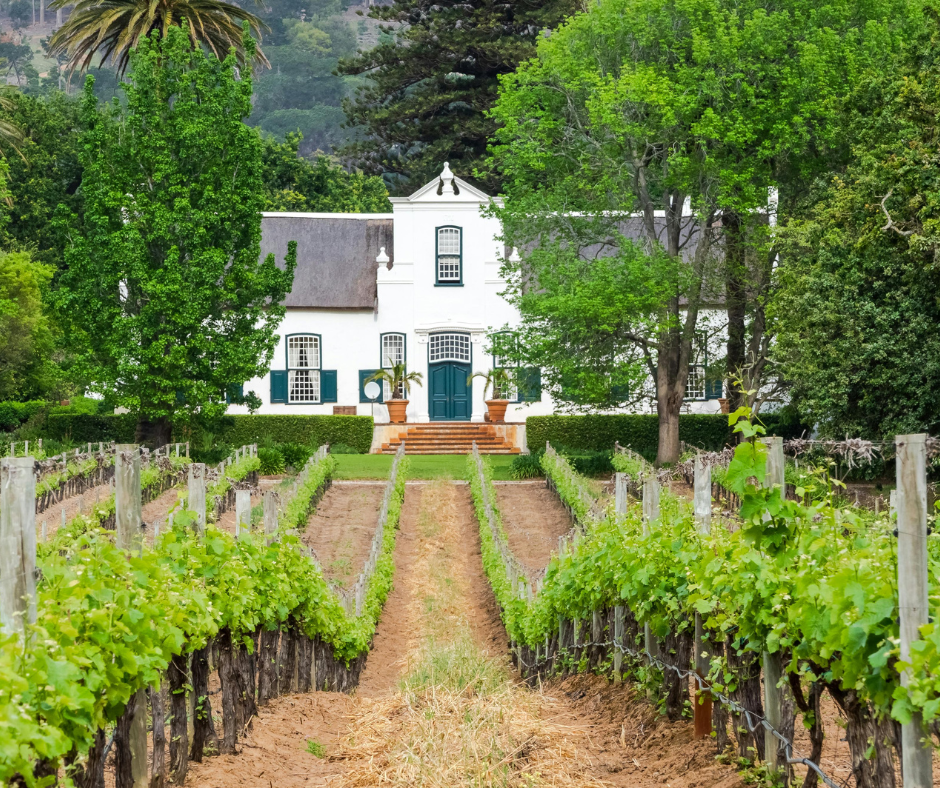


Cape Town
109 Waterkant Street
De Waterkant Cape Town
South Africa, 8001
Durban
Rydall Vale Office Park
Rydall Vale Crescent
Block 3 Suite 3
Umhlanga, 4019
Website design by Archmark


